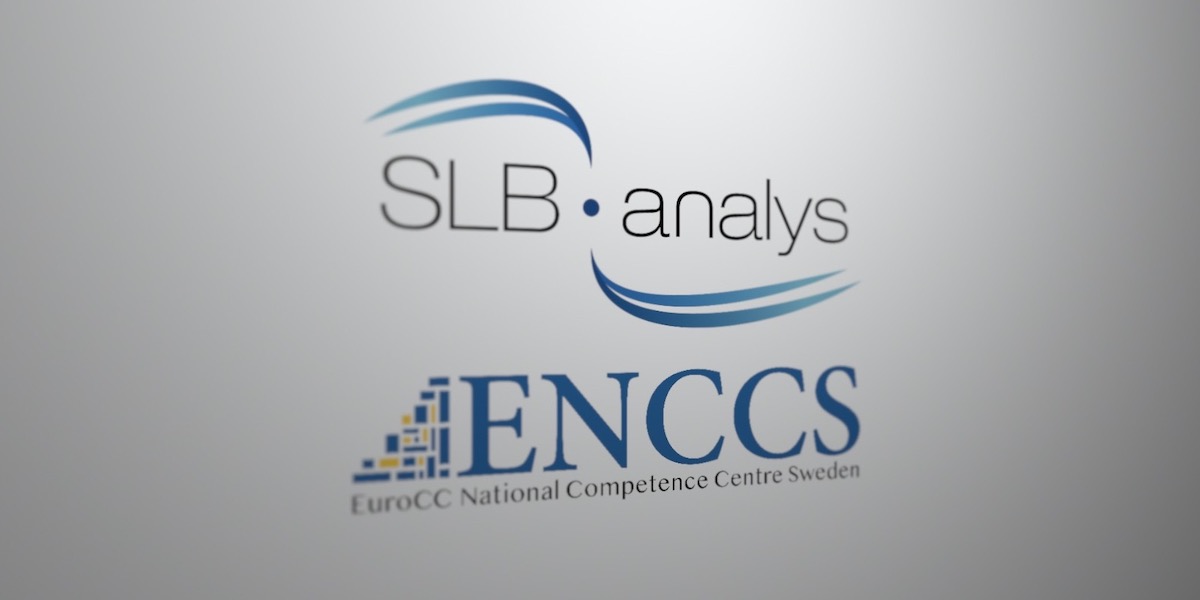Stockholms luft- och bulleranalys (SLB-analys) is a unit at the Environment and Health Administration of the City of Stockholm. The unit is responsible for monitoring outdoor air quality in the city. SLB-analys also runs the regional system of air quality monitoring on behalf of the East Sweden Air Quality Management Association (Östra Sveriges Luftvårdsförbund) and assists its municipalities with services including measurements and model calculations.
Technical Scientific Challenge
Air pollutants that are of interest in urban environments typically are aerosol particles, measured as mass of particles smaller than 2.5 (PM2.5) or 10 micrometer (PM10), and nitrogen oxides (NO, NO2). The dispersion of these (and other) pollutants heavily depends on meteorological parameters, in particular air flows. Computational Fluid Dynamics (CFD) program packages, such as OpenFOAM and MISKAM, are used to simulate wind fields for wind comfort simulations and dispersion investigations of air pollutants in complex urban environments. SLB-analys intends to run scaling tests on EuroHPC resources to push the boundaries of our CFD simulations using OpenFOAM to larger spatial domains and higher complexity. Larger domains and higher level turbulence models will be computationally more demanding which motivates this application for HPC resources.
Proposed Solution
SLB-analys intends to run sensitivity and scaling tests in this project using EuroHPC resources. First, they will perform benchmark tests with much larger spatial extend of urban areas. Current computational resources either do not allow them to perform such simulations with large spatial domains, or it takes prohibitively long time to perform such simulations. Thus, they aim at performing these tasks on EuroHPC resources, which will improve the time-to-solution for such simulations. Depending on the performance, if necessary, they will make certain optimizations to make sure that all the simulations are carried out efficiently on the HPC cluster. Finally, SLB-analys will perform sensitivity tests with different turbulence models using the optimized version of OpenFOAM in order to improve the quality of the results on dispersion of air pollutants.
Impact on SLB-analys
The current challenge for SLB-analys is to perform simulations with large spatial domains and with complex turbulence models. By accessing HPC resources, first there will be the ability to perform simulations with large spatial domains and with complex turbulence models. Second, by using more complex turbulence models, the accuracy of the results will be improved so that there can be an investigation whether new developments will meet air quality limits and propose measures to improve air quality in sensitive areas. Third, using these simulation methods, they investigate the role of complex urban structures (tunnels, bridges, etc) in air pollution dispersion, ultimately aiming at mitigating health and environmental impacts.
Benefits
- Simulating larger urban area becomes possible
- Time-to-solution is greatly reduced
- Better results used for air quality assessment








